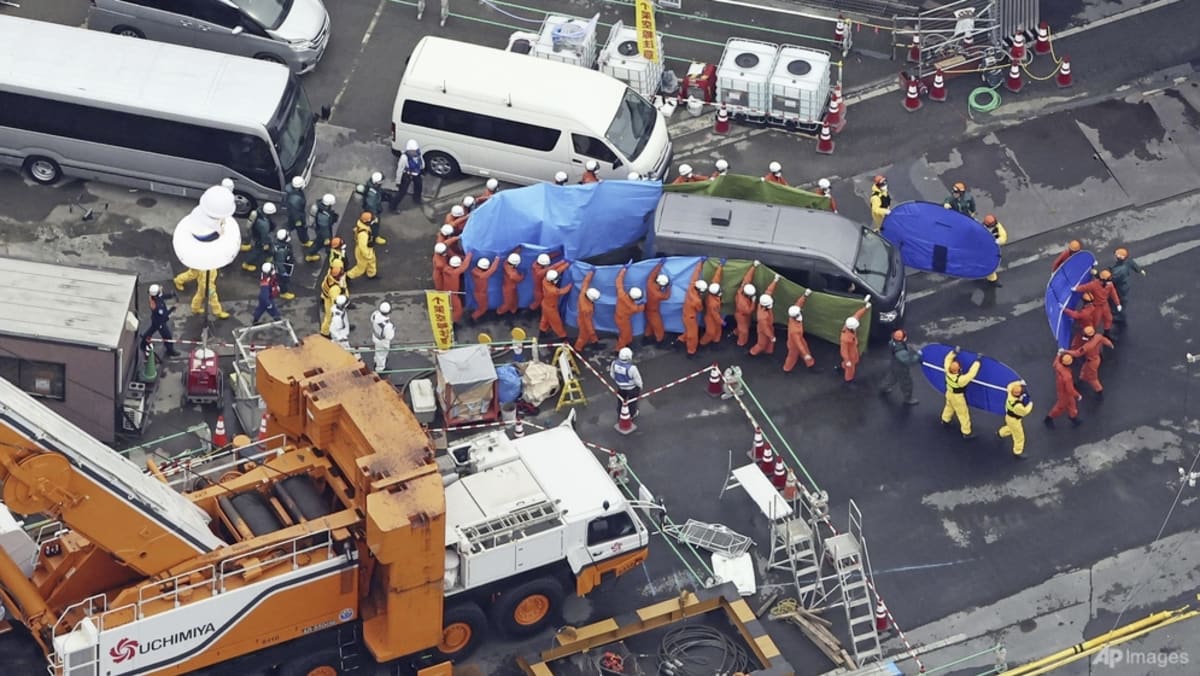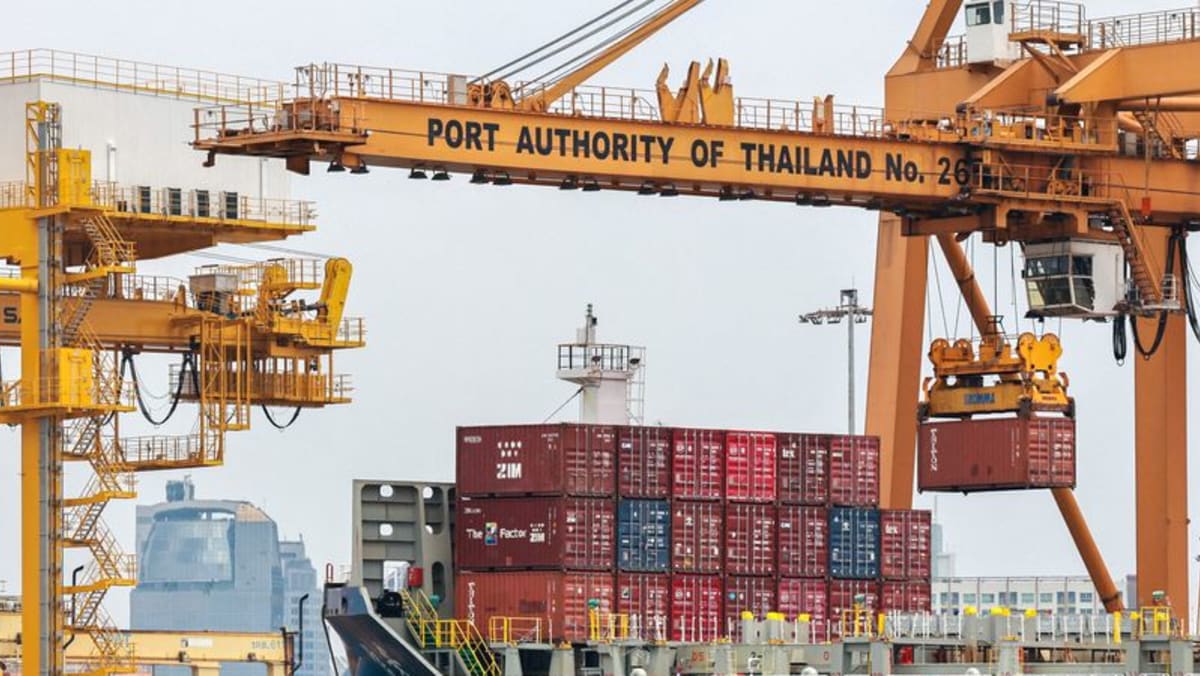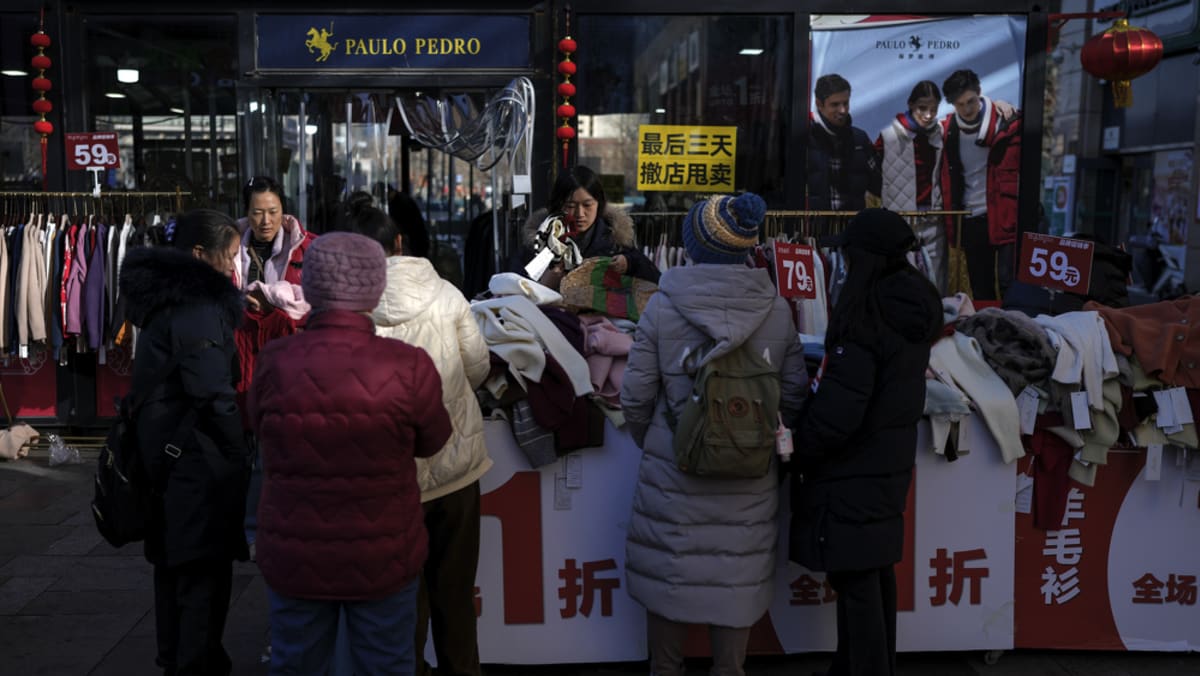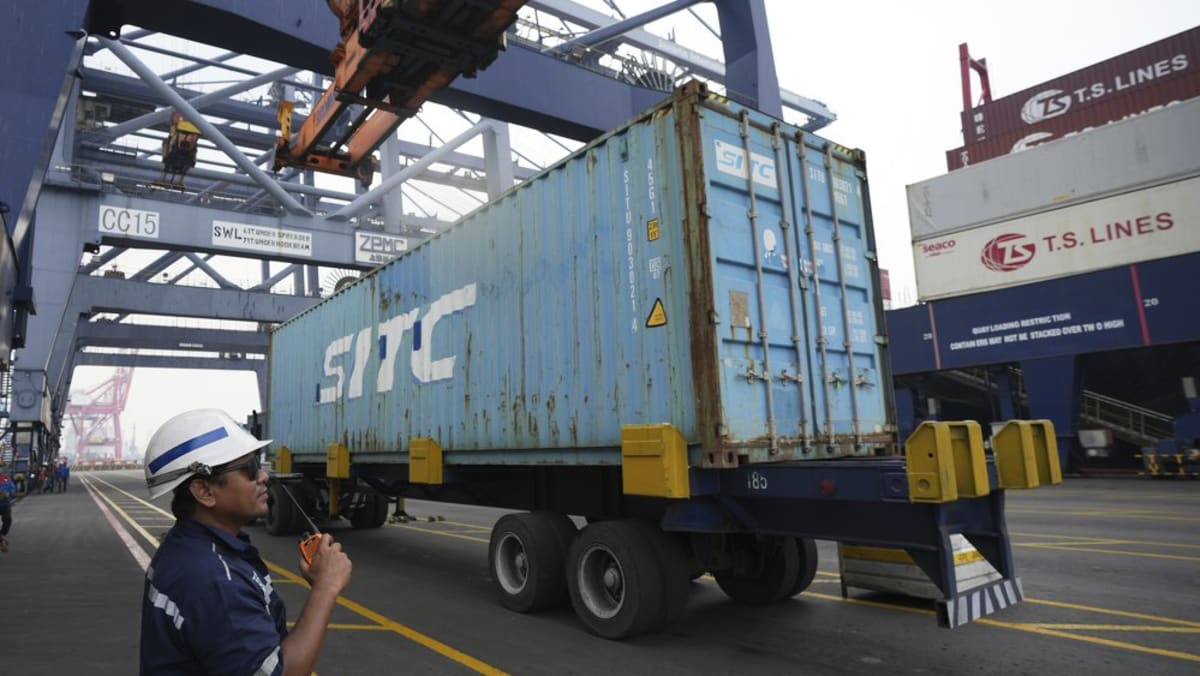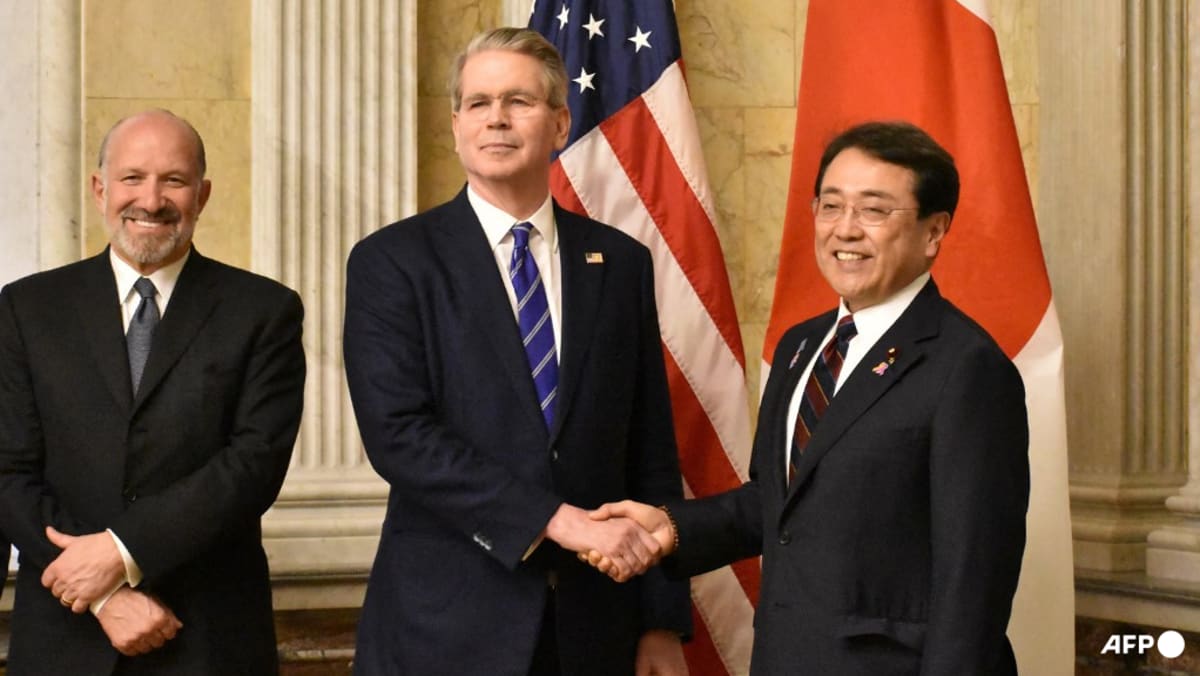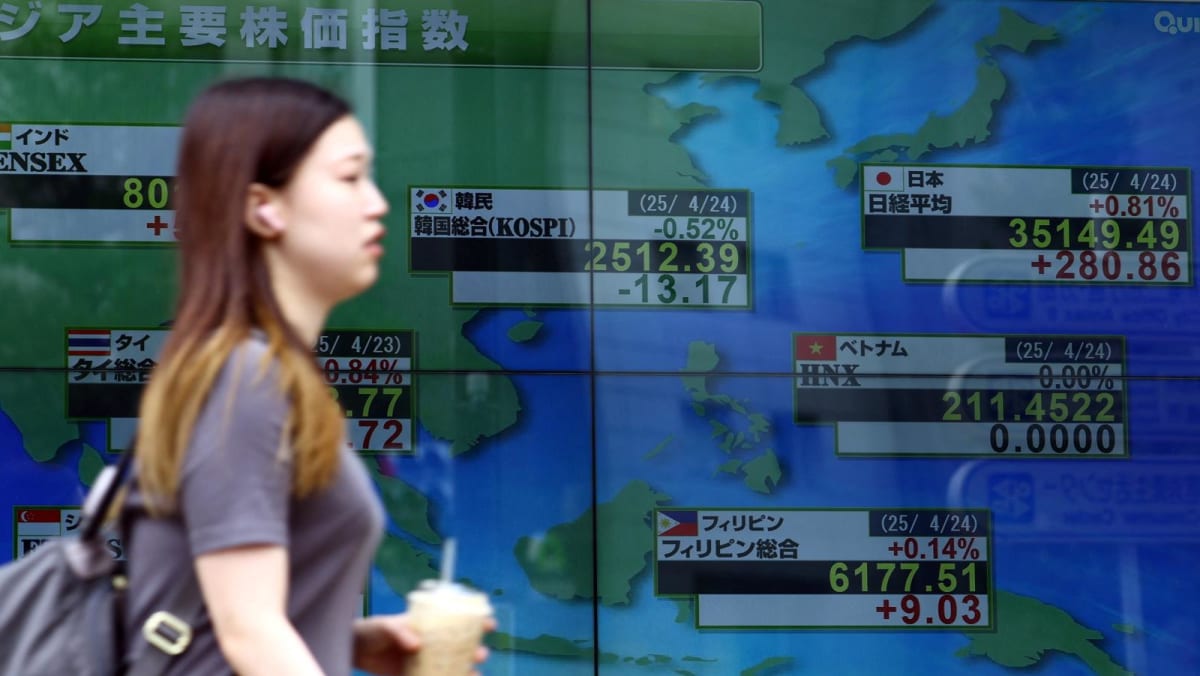LIMITS TO DIVERSIFICATION
Should the Thai government, then, consider export diversification alongside its effort to increase imports from the US? Given the size and depth of the US market, it remains unclear how much Thailand can, or should, diversify away from it.
Diversification involves more than just finding new buyers outside the US; it requires a broader reconfiguration of global supply chains to reduce dependency and enhance resilience. This is particularly relevant for Thai exporters engaged in original equipment manufacturing (OEM), such as those producing photosensitive devices and image sensors.
These firms often operate under contract for large multinational brands, supplying highly specialised components within tightly integrated global value chains. These manufacturers often tie producers closely to a few dominant lead firms. This limits the flexibility of Thai exporters to pivot toward new markets.
Expanding free trade agreements (FTAs) has been one approach. Thailand currently has 15 FTAs in place with partners. Multilateral frameworks like ASEAN and the Regional Comprehensive Economic Partnership further boost export potential by widening market access and enhancing regional integration. New agreements with blocs like the Pacific Alliance and the Southern Common Market (also known as MERCOSUR) also hold promise.
However, signing more FTAs comes with its own set of challenges. For businesses, complying with rules of origin requirements can be costly and complex, potentially limiting the practical benefits of expanded trade deals.
While expanding FTAs offers significant opportunities for market access and economic growth, addressing the complexities of compliance and ensuring that businesses can fully capitalise on these agreements will be crucial to their success.
The Thai government must go beyond a short-term plan and mobilise resources to address non-tariff barriers, reconfigure supply chains, and enhance the competitiveness of the private sector. This includes targeted fiscal policies, research and development investment, and regulatory reform.
Without a cohesive strategy, Thailand risks losing its competitive edge in global value chains and facing long-term disruption.
Wannaphong Durongkaveroj is Visiting Fellow at ISEAS – Yusof Ishak Institute and Associate Professor in the Faculty of Economics, Ramkhamhaeng University, Thailand. This commentary first appeared on ISEAS – Yusof Ishak Institute’s blog, Fulcrum.
